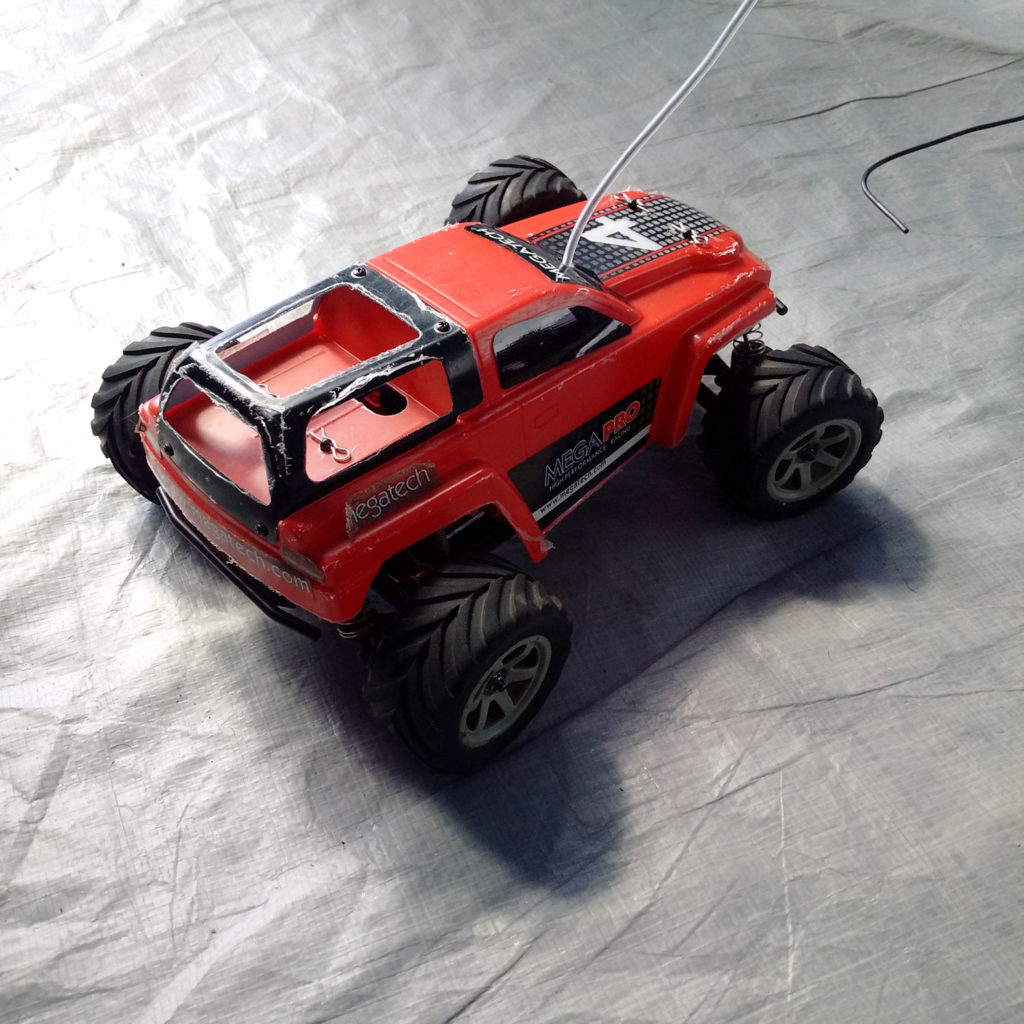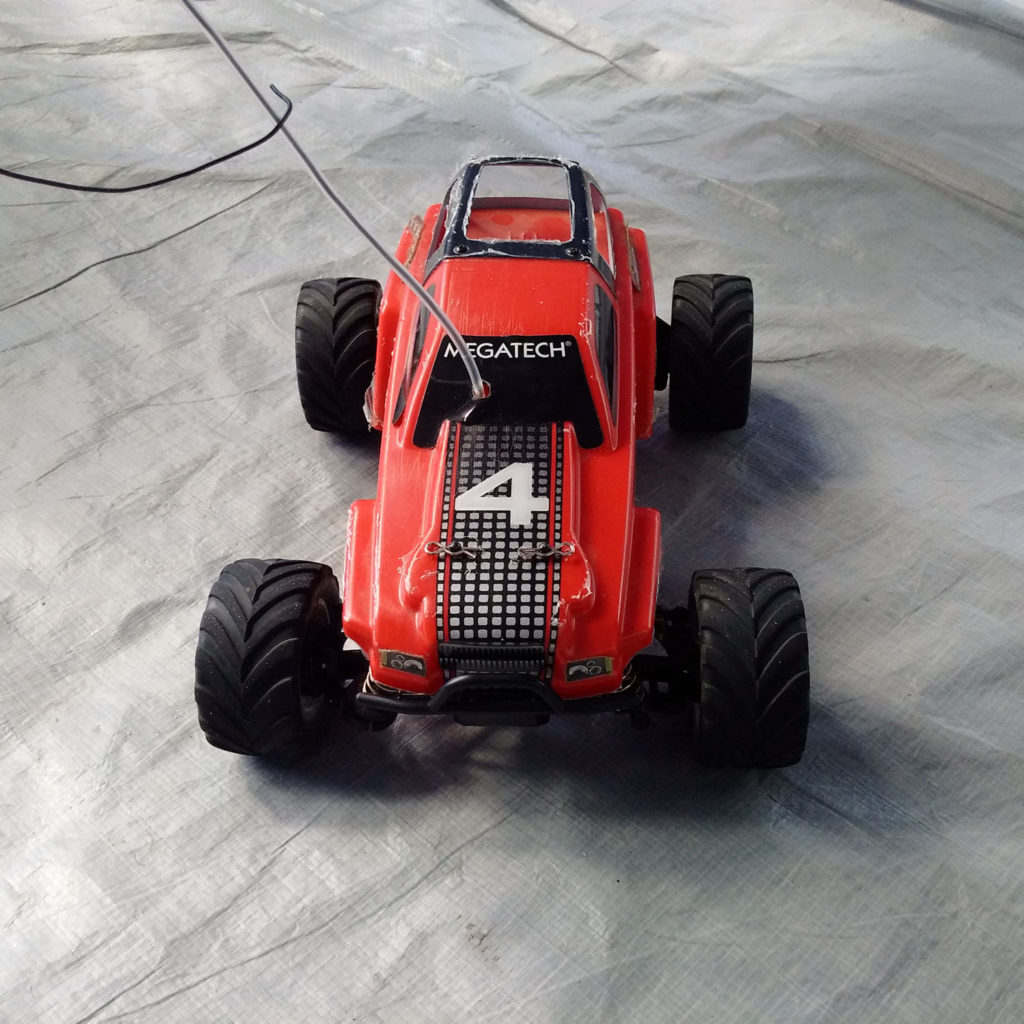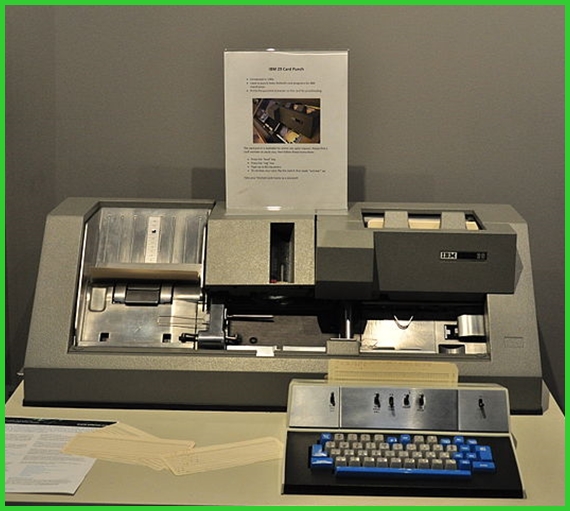Being prepared for emergencies is often a necessary part of life, even if the likelihood of a thousand zombies attacking us is slim. Regardless, it doesn’t hurt to be prepared for unknown emergencies.
I’m not an expert in this field. Though, I do try to stay prepared. I figure, at the very least this post might inspire others to ensure they are prepared for emergency situations.
With that said, there are certain items I feel are important to have in case of an emergency. Others are a bit more luxurious. And a few of the items mentioned in this post are geared towards long term off grid survival as well.
I wanted to be thorough. We’re all different and have different needs. Below I listed all the things I could think of that might be useful in case of an emergency. If I missed any items necessary for survival, don’t hesitate to post them in the comments section below.
Water
The most important item for survival is water. I’ve read about plenty of different approaches to insuring fresh water is available if needed. Given the importance of water, this is probably an area where additional research should be done.
I choose to store glass containers of water in a safe and cool area. These are the glass bottles / containers of water that can be purchased at most local supermarkets. My theory is that the glass bottles won’t leak if stored for an extended period of time. Plus, their caps seem to have the tightest seals.
If earthquakes are a potential hazard, additional measures should be taken to ensure the glass bottles don’t break if jarred.
Adding a Brita type water filter to the emergency supplies should provide additional options for water consumption. If worst comes to worst, they could be used to filter river water or harvested rain water.
Food
Next would be food. Many types of canned foods can last years. Canned beans, soup, veggies and even canned pasta might be beneficial. Both Peanut Putter and Oodles and Noodles are inexpensive food items that can easily be stored.
Another great food item to store for emergencies is rice. A large bag of rice could last years in storage. Rice is inexpensive, tastes good and is filling.
MRE’s (Military Ready To Eat Meals) are designed for survival situations. They don’t need to be refrigerated. Plus, a verity of different types of meals are available for purchase. MRE’s are complete meals and they can pack on the calories. A single MRE meal could provide me with enough food for the entire day. Not to mention, the cool factor that comes with eating a meal designed for the Military.
The simple emergency preparations for food and water detailed above could keep a person alive for months. Given their importance, keeping food and water in an air tight / water proof storage bin might be a good idea. Don’t forget to check the supplies every once in a while to ensure expiration dates are still valid.
Cooking
Having the proper tools to prepare meals in emergency situations is often overlooked. Chances are even with the most basic emergency situation, the kitchen stove won’t be available.
Keeping a grill with a few propane canisters would probably be the best alternative to an actual stove. For the most part they are fairly common and usually can be kept on a patio or in a garage.
Bio Fuel Cans are another great option for cooking. Bio fuel cans are inexpensive. They can cook multiple meals and are very small, making them easy to store and / or transport. They’ll fit in the glove compartment of most cars. They are simple to use and do a good job heating food. Each Bio Fuel can cook up to ten different meals.
Additionally, it might be a good idea to keep a small tabletop electric burner. Many are reasonably priced and would probably work with a medium sized generator or solar panel system. They’re also small and easy to store.
Most food items can be cooked over a campfire. A few pieces of wood, starter fluid / WD40 and matches would provide the least expensive and most adventuress cooking option.
Cooking Utensils and Supplies
It wouldn’t hurt to keep a small pot in with the emergency supplies. In situations where space is an issue, a smaller pot would be ideal.
Paper Towels: Paper towels are one of those items that are always good to have around. In emergency situations, cleanliness is often extremely important.
Additional Emergency Supplies (these are not in any particular order)
First Aid Kit: A first aid kit is something everyone should have available at all times. However, during an emergency they are especially valuable.
Swiss Army Knife: The Swiss Army Knife is probably my favorite of all the survival items listed. I’ve owned a Swiss Army Knife since I was a kid. I can’t even begin to name the hundreds of different ways I’ve used my knife over the years. Though, for starters it will open cans of food. That’s fairly important. Most Swiss Army Knives can be used for scaling fish, as a screw driver, as scissors and of course as a knife. They’re compact, light and easy to carry.
Matches / Lighter: Both matches and a lighter are great to keep with the emergency supplies. I’d throw them in a couple ziploc bags to ensure they stay dry.
Fishing Pole: The thing about emergencies is they are unpredictable and usually present different situations and scenarios. Being able to fish for food at no cost is a good option to have available. A compact travel fishing pole is probably best for worst case emergencies. It can be thrown in a duffel bag, car, and even carried via bicycle without issue. A few fishing lures would be good supplementary items.
Tent: A tent is one of those things that makes me feel much better knowing I have it around. They’re relatively inexpensive and can be thrown in the trunk of a car if required. A tent is a roof. A roof over a persons head is always a good thing. Like the saying goes, prepare for the worst case scenario and hope for the best. Best case scenario is the tent isn’t needed for an emergency, but used for an enjoyable weekend of camping.
ZipLoc Bags: There is only one sure way to keep food safe and that is inside a zip lock bag. Large zip lock bags are great for small bits of trash as well. They’ll prevent odor and keep ants away. If I’m gonna be out in a storm, I’ll throw my phone inside a zip lock bag to ensure it stays dry.
Duck Tape: This is another one of my favorite items on the list. I’d imagine an entire post could be written just on the different uses for duck tape in an emergency situation.
Extra socks and undies: If careful, a person can go many days wearing only a couple pairs of jeans and shirts without having to wash them. Undies and socks, not so much. That’s why its always nice to have extra clean undies and socks around.
A To Go Bag: A small / light duffel bag filled with only the most important essential items. Toothpaste, toothbrush, soap, and shampoo might be a few good items to keep in the bag. Something that could be grabbed in a hurry if needed.
Tarps: Tarps are great to have available. Like many of the items listed, they have a seemingly endless amount of uses. However, I’d imagine the most valuable use for a tarp would be as a shelter. Combined with rope, (listed below) they can be made into a temporary shelter.
Zip Ties: Over the years I’ve realized the value of zip ties. They are inexpensive and often the solution to unexpected problems.
Poncho / Umbrella: During emergencies a change of cloths isn’t always available. In those types of situations, staying dry becomes an important element to staying healthy. Staying healthy is important to survival.
Purell: Purell is a valuable weapon in the fight against germs. It’s inexpensive and has the potential to save water.
Solar Panel System: Keeping a complete solar panel system for emergency situations might be a bit much. However, it’s not a bad idea. Many places offer solar panel kits that are small enough to keep in storage, but still have the ability to provide decent power. Fridges, stove tops, lights, rechargeable batteries and phones are items that many solar panel kits are able to power.
Generator: A generator is another option for electricity in emergency situations. Keeping a generator for basic power outages might be a little much. However, I’d imagine a generator would be quite cool to have around during hurricanes and extended emergencies.
Rechargeable batteries: In general rechargeable batteries are always good to keep at home. They save money and preserve the environment. Much like many of the items listed, its not difficult to find a use for batteries in dire circumstances. Batteries can be used in everything from flash lights to small appliances.
Lighting: Flashlights and candles are both great options for lighting. Flashlights are especially valuable when combined with rechargeable batteries.
Rope: Rope can be used with a tarp to create a temporary shelter. That should be reason enough to keep about 50ft of rope in with the emergency supplies. Additionally, during hurricanes rope can be used to secure outdoor items from being blown away.
Jacket / Coat: Depending on a persons location, a jacket or coat might not be necessary. Although, in the event where relocating to a different climate is an absolute necessity, a jacket or coat might be the difference between life and death for those needing to relocate to a colder climate.
Cooler: A cooler can serve many different purposes. With a bit of ice, they’ll keep food fresh for a couple days. They can also be used for storage and as a table. I’ve even seen coolers turned into air conditioners with the addition of a battery operated fan and Ice.
Large Garbage Bags: Multi purpose items like large garbage bags are always good to keep with the supplies. If a storm causes a leak in the roof, garbage bags can be used to keep medium sized belongings dry.
Books: Boredom can be an issue during extended emergency situations. Having a few unread books available probably wouldn’t be a bad idea. A book titled Far From Perfect was featured in a previous Green Tea Break post. Far From Perfect may be the perfect remedy during an emergency situation.
*As noted in the “About” section, a few posts might contain affiliate links. I only post links to items I feel are either of substantial quality, use, or provide great value. These are items I have either used myself or would use myself. However, I’ve noticed after adding links to posts, a few Amazon items increased dramatically in price. I do try to make adjustments as needed. Though, I don’t continually check each link. Please be sure to use diligence before making any purchase.

 Megatech Megapro Remote Control Truck
Megatech Megapro Remote Control Truck Megatech Megapro Remote Control Truck
Megatech Megapro Remote Control Truck